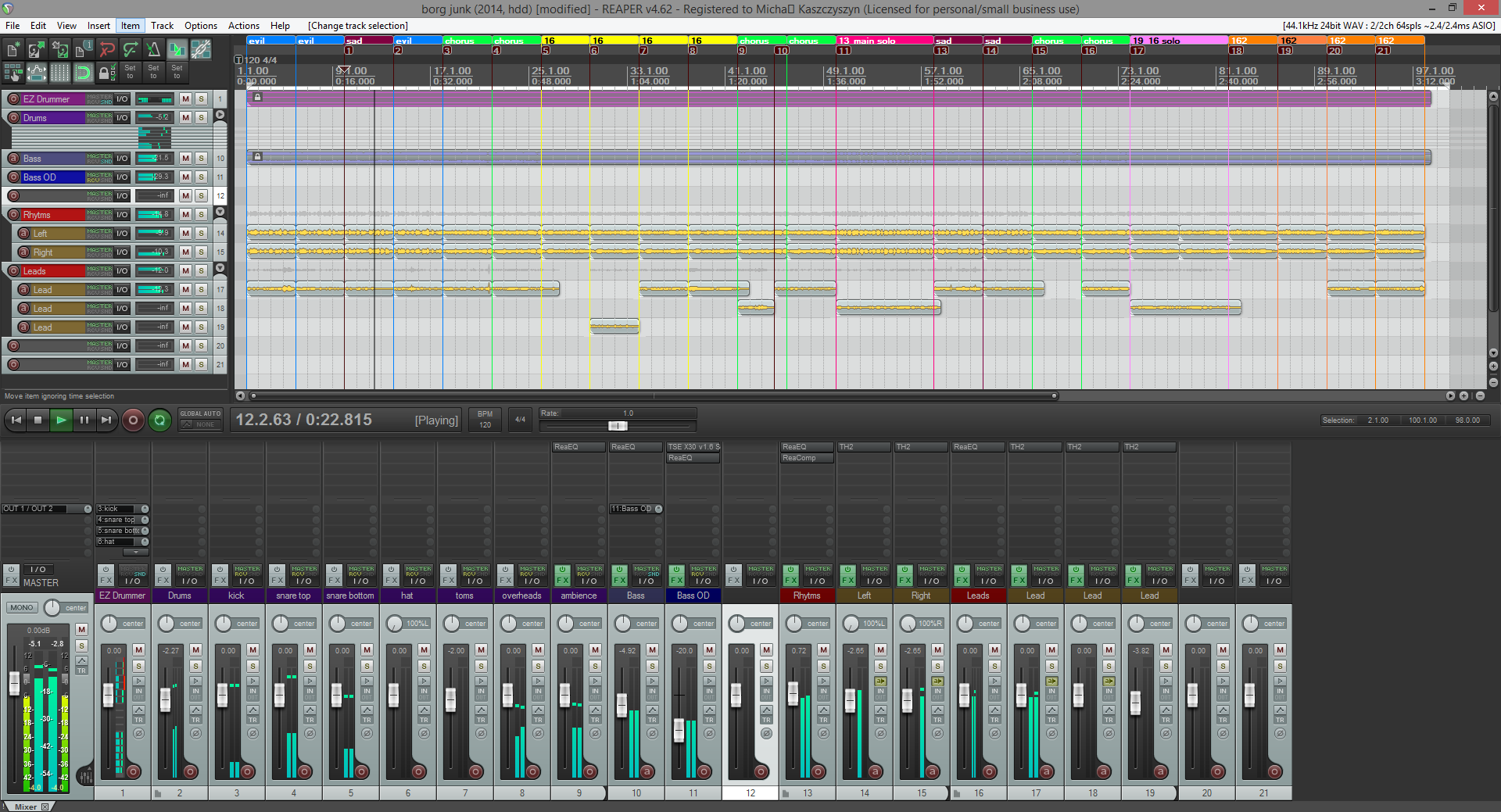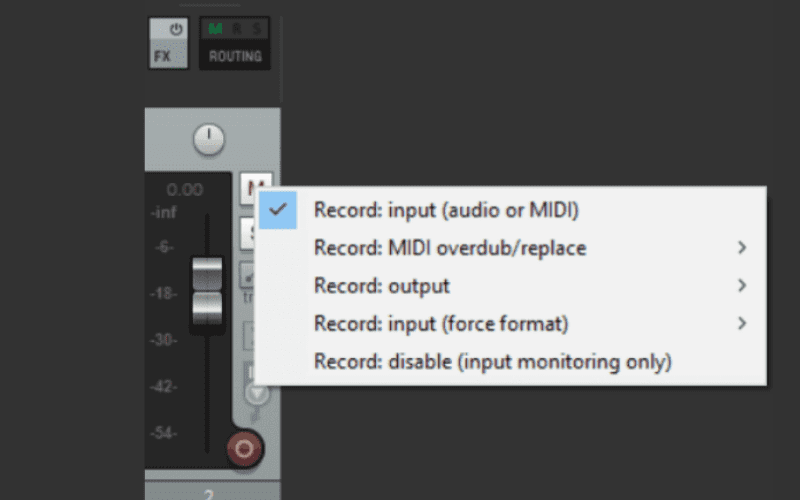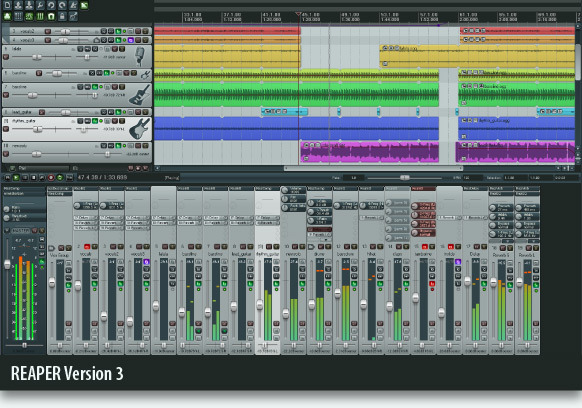


Then I can toggle between the backing tracks and play over any one of them in just two clicks (mute/unmute). For example, I would create a project with a bunch of Richie Kotzen songs and my guitar track would be setup to sound right for those songs. It’s not very convenient for recording, but when I just want to play over backtracks, it’s convenient to have songs with the same, or similar set of effects, at the same place. Because I’m lazy, sometimes I’ll stuff a bunch of backing tracks in the same project and have only one of them unmuted at the time. My typical project setup is to have a stereo backing track living in one of the tracks and one or more mono guitar tracks that I play with on top of that. Commercial plugins typically have installation wizards that will do the job for you. If you are running a 64-bit Windows, as the best practice, try to keep 32-bit VSTs in c:\Program Files (x86)\ and 64-bit VSTs in c:\Program Files\. You can either place the extracted DLL files there or you can configure Reaper (Options -> Preferences… -> VST) to monitor additional folders where you keep the DLLs. By default, Reaper monitors a couple of folders (\VSTPlugins\ and \Steinberg\VSTPlugins\) under c:\Program Files.

#REAPER DAW SOFTWARE ZIP FILE#
Most free VSTs are distributed as a ZIP file that contains a self-contained DLLs.
#REAPER DAW SOFTWARE INSTALL#
After you’ve found and downloaded amps and effects, you will need to install them, so Reaper can load them. Reapers comes with some really nice effects out of the box, but for a fully fledged guitar rig, we’ll need more. Concepts are the same in all DAWs, but mechanics of how things are done may be a bit different. The rest of the article assumes you are using Reaper as your DAW. I was able to figure out major features fairly quickly and could start playing and recorded in almost no time. It’s (relatively) inexpensive – you can evaluate it for two months and if you choose to purchase it, $60 for a discounted license is not too much. It’s lightweight – less than 10MB and doesn’t load your computer with stuff you’re unlikely to ever use. So what software is made for “the rest of us”, people with decent computer proficiency, who want to play and record guitars without having to be freaking studio wizards? The answer – REAPER. I do not plan to switch to audio engineering, so to me it’s a waste of time trying to get into that world just so I can play (and sometimes record) my guitars. It’s just a matter of how much of your precious time you want to invest in getting to know the software before you’re able to use it productively. Of course, my ignorance doesn’t make those DAWs bad.
#REAPER DAW SOFTWARE HOW TO#
I was stuck with bunch of software I don’t know how to use and probably don’t need at all. It was particularly annoying that installing both of them took several GBs of disk space and a lot of time. DAW software is a world of its own where conventions and general UI design rules from the rest of the software world don’t apply. I was hoping that working with portable digital recorders I owned before would be similar but it was not. None of the icons, buttons and menus made any sense to me. I tried Ableton Live that came with Focusrite Scarlett and Cubase LE from Komplete 6 package, when it hit me – I had no clue what to do. Being an IT professional, I foolishly assumed that getting up to speed with DAW software without any previous experience and without any help from books will be a walk in the park.


 0 kommentar(er)
0 kommentar(er)
